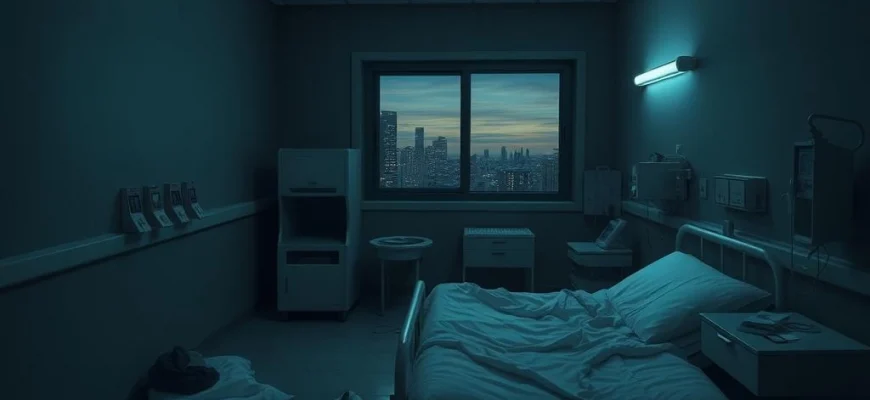If you enjoyed the gripping psychological thriller 'Coma' (2020), you're likely craving more mind-bending stories that keep you on the edge of your seat. This article explores 10 similar movies and shows that deliver the same suspense, mystery, and eerie atmosphere. Whether you're a fan of psychological twists or dystopian settings, these recommendations will satisfy your craving for intense storytelling.
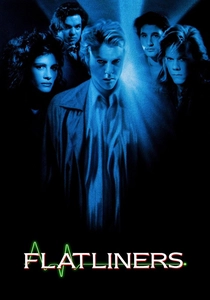
Flatliners (1990)
Description: Centers on medical students experimenting with near-death experiences, blurring the lines between life and death, and facing psychological repercussions.
Fact: The concept was inspired by real-life near-death experiences, and the film's title refers to the flatline on an electrocardiogram.
 Watch Now
Watch Now 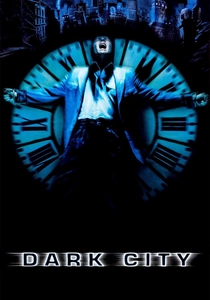
Dark City (1998)
Description: Presents a dystopian world where reality is manipulated, focusing on memory and identity in a visually striking setting.
Fact: The film's sets were built without right angles to create a disorienting, surreal atmosphere.
 Watch Now
Watch Now 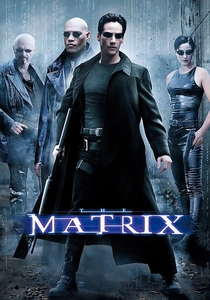
The Matrix (1999)
Description: Examines the nature of reality through a simulated world, blending action with deep philosophical questions about existence.
Fact: The iconic 'bullet time' effect was created using a ring of still cameras and took months to perfect.
 Watch Now
Watch Now 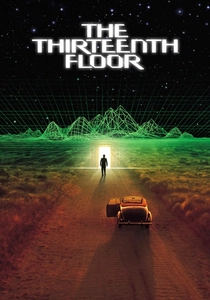
The Thirteenth Floor (1999)
Description: Explores simulated realities and the blurring of lines between virtual and actual existence, with a noir-inspired aesthetic.
Fact: The film is based on the 1964 novel 'Simulacron-3,' which was one of the first to explore virtual reality concepts.
 Watch Now
Watch Now 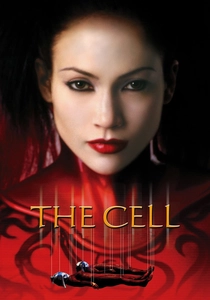
The Cell (2000)
Description: Features a unique narrative where a psychologist enters the mind of a comatose patient, blending psychological thriller with surreal visuals.
Fact: The film's dream sequences were heavily influenced by the works of artists like Damien Hirst and Odd Nerdrum.
 Watch Now
Watch Now 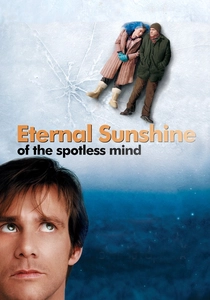
Eternal Sunshine of the Spotless Mind (2004)
Description: Delves into memory manipulation and the emotional consequences of erasing painful experiences, using a nonlinear narrative.
Fact: The film's script was written in a non-chronological order to reflect the fragmented nature of memory.
 Watch Now
Watch Now 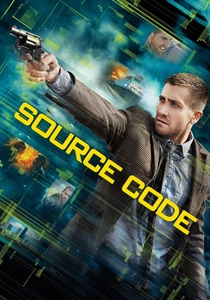
Source Code (2011)
Description: Involves a high-tech experiment that allows a person to relive the last moments of another's life, exploring identity and reality.
Fact: The film's plot was inspired by quantum physics theories, and the train sequences were shot on a real moving train.
 Watch Now
Watch Now 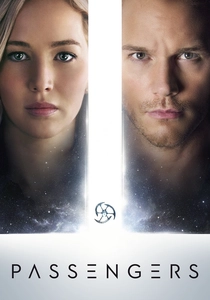
Passengers (2016)
Description: Deals with themes of isolation and the psychological toll of prolonged solitude, set against a futuristic backdrop of space travel.
Fact: The film's set design included a rotating spacecraft to simulate zero gravity, and it took over a year to build the main set.
 Watch Now
Watch Now 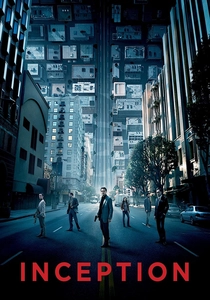
Inception (2010)
Description: Revolves around the manipulation of dreams and subconscious, creating layers of reality that challenge perception.
Fact: The hallway fight scene was achieved using a rotating set, and it took weeks of rehearsal to perfect the choreography.
 Watch Now
Watch Now 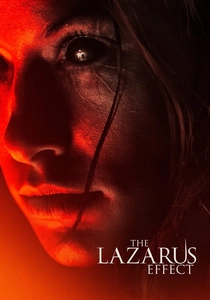
The Lazarus Effect (2015)
Description: Explores the consequences of reviving the dead through scientific experimentation, delving into themes of life after death and the ethical dilemmas surrounding it.
Fact: The film was shot in just 18 days, and the production team used real medical equipment to add authenticity to the lab scenes.
 Watch Now
Watch Now 
